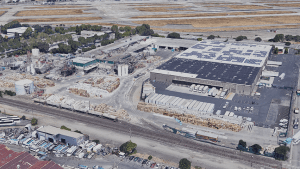
Graphic Packaging closed down its Santa Clara, Calif. facility in early December. Photo: Google Maps
Graphic Packaging closed its Santa Clara, Calif. recycled paperboard mill at the beginning of December, citing high costs and market volatility as contributing to the decision.


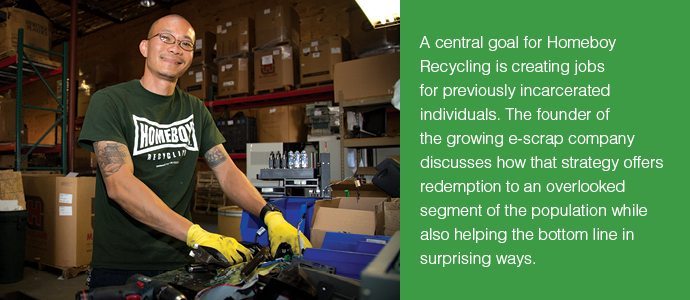
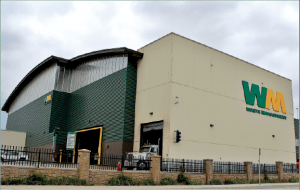 The state of California’s goal is to achieve a 75 percent recycling and composting rate by 2020. That big goal is what partially drove Waste Management to build a big MRF in the Los Angeles area.
The state of California’s goal is to achieve a 75 percent recycling and composting rate by 2020. That big goal is what partially drove Waste Management to build a big MRF in the Los Angeles area.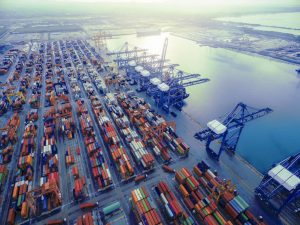 A top Chinese environmental official recently indicated that China has plans to enforce upcoming import restrictions “to the letter.”
A top Chinese environmental official recently indicated that China has plans to enforce upcoming import restrictions “to the letter.” Data from the sale of recyclable plastic bottles and aluminum cans in early December suggest the value of recovered packaging will end the year in a slightly weak position.
Data from the sale of recyclable plastic bottles and aluminum cans in early December suggest the value of recovered packaging will end the year in a slightly weak position. Last month, Resource Recycling readers were drawn to news about adding packaging types to programs, as well as to articles about market development and the falling UBC recovery rate.
Last month, Resource Recycling readers were drawn to news about adding packaging types to programs, as well as to articles about market development and the falling UBC recovery rate.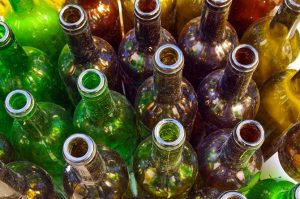
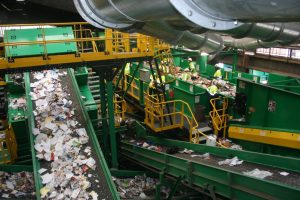
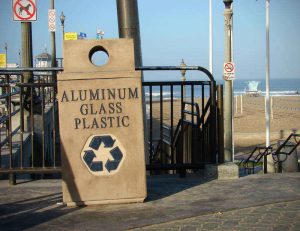 A research paper on individual steps to reduce greenhouse gas emissions has precipitated a host of mainstream media stories, many of which aren’t kind to recycling.
A research paper on individual steps to reduce greenhouse gas emissions has precipitated a host of mainstream media stories, many of which aren’t kind to recycling.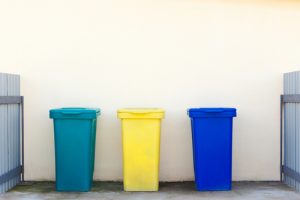 Global packaging producer Sonoco recycled the equivalent of 57 percent of the packaging it placed on the market last year.
Global packaging producer Sonoco recycled the equivalent of 57 percent of the packaging it placed on the market last year.